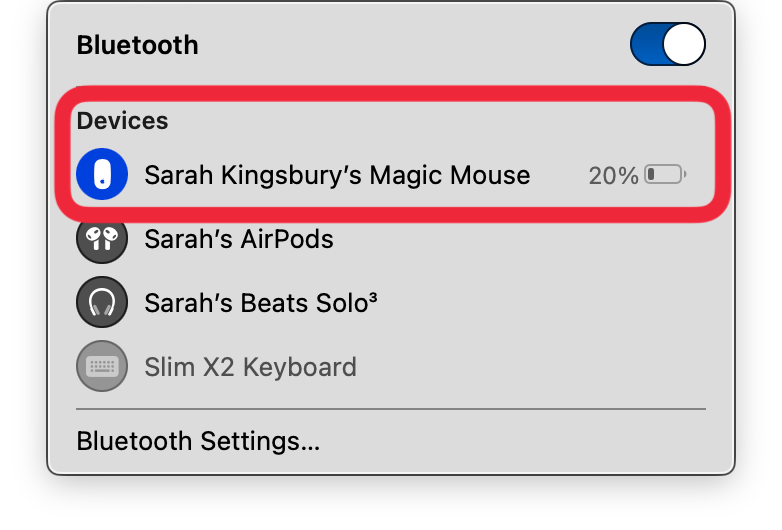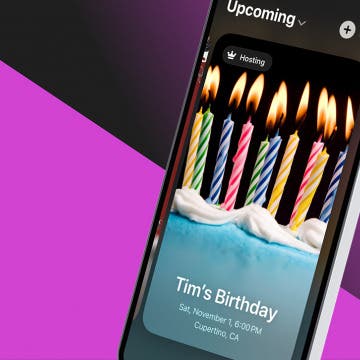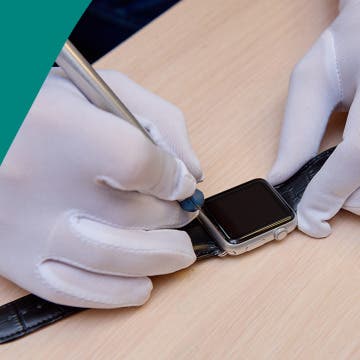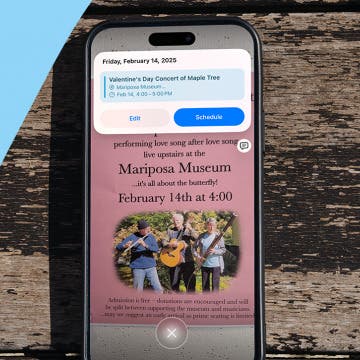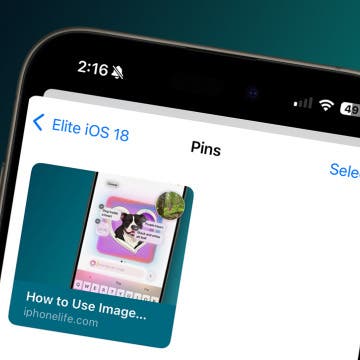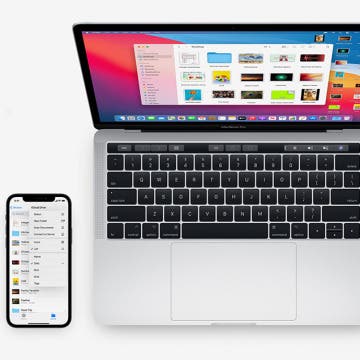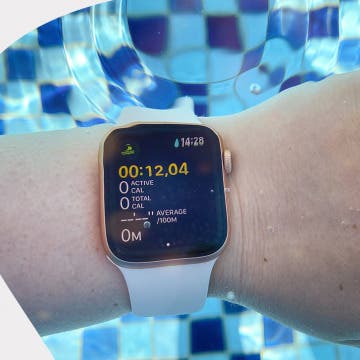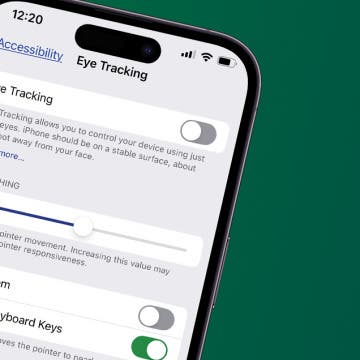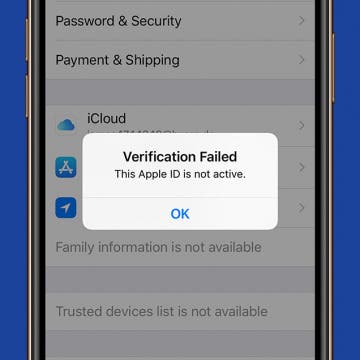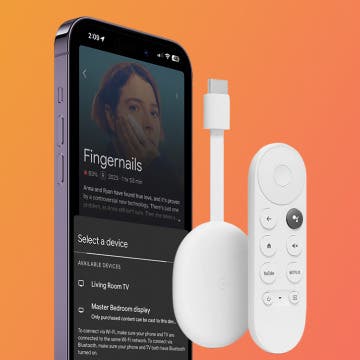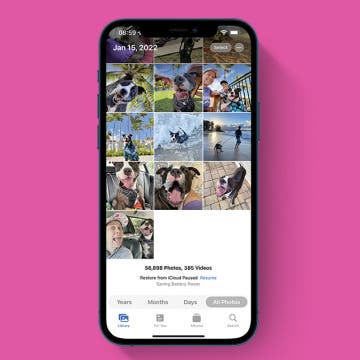What to Know
- If your wireless mouse is not working, the issue is usually resolved by restarting the mouse, then turning your Mac on and off.
- Another common solution is to disconnect the mouse from your Mac Bluetooth, wait for a minute, then reconnect it.
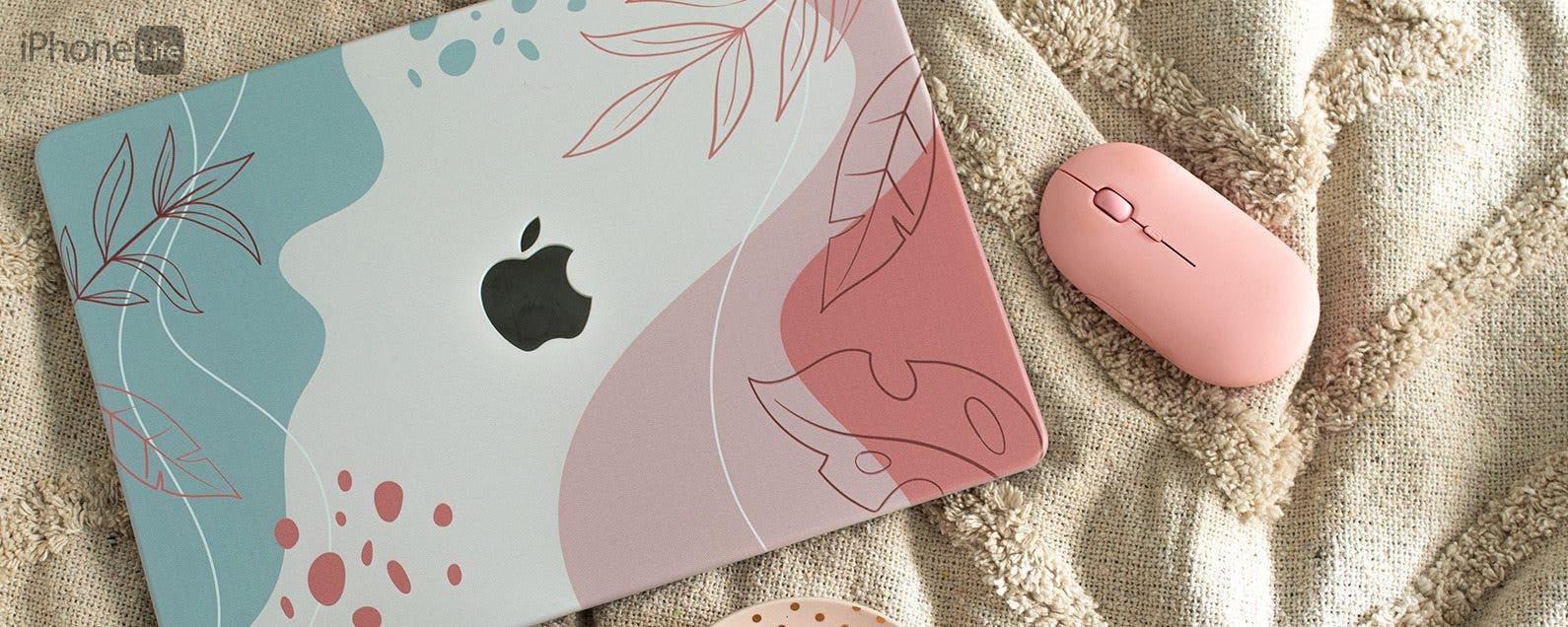
There are a few things to check into if your wireless mouse is suddenly not working with your Mac. The good news is that the solutions to fix your wireless mouse are usually pretty simple. Your mouse battery may be running low, Bluetooth may not be connected, or the mouse may just need to be disconnected and reconnected to your Mac. Let's find the Mac mouse fix that works for you!
Note
The solutions below cover what to do if your mouse is frozen or not connecting to your Mac. However, if your Mac cursor has disappeared, the solutions will be different, and can include fixes like changing the cursor speed.
What to Do When Your Bluetooth Mouse Is Not Working with Mac
What's the fix when a wireless mouse does not work? If your mouse is suddenly not working, there are a few easy things you should try first.
1. Make sure your wireless mouse is charged.
If the battery is dead, plug it in to charge for about ten minutes, then try again to see if your issue is resolved. You should also restart the mouse by turning it off, waiting a minute, and switching it back on again. If you own an Apple Magic Mouse, the switch to turn it on and off is located on the bottom of the mouse.

2. Restart your Mac.
This is an important troubleshooting step! Your Mac software resets when you restart your Mac, so this can be a great way to fix unexpected software glitches with your wireless mouse. If you own a newer MacBook Pro or MacBook Air, you can restart your laptop by pressing the unmarked power button in the top right corner of your keyboard (which also doubles as your Touch ID key), waiting a moment, then pressing the power button to turn it back on.
3. Make sure your Mac has the current software.
If there's an available update to install, you should update your macOS. This can resolve bugs and can fix incompatibilities between your wireless mouse and computer.
4. Check to make sure Bluetooth is enabled.
If your regular Bluetooth mouse or Magic Mouse is still not connecting, make sure that Bluetooth is on. To check Bluetooth settings on your Mac:
- Locate the Bluetooth icon at the top-right of your Mac screen and click it.
![bluetooth icon bluetooth icon]()
- If Bluetooth is off, toggle it on. If Bluetooth won't turn on, restart your Mac then try to turn it on again.
![turn on bluetooth on mac turn on bluetooth on mac]()
- Make sure your wireless mouse is listed in the list of connected Bluetooth devices. You'll also be able to see how charged your mouse is.
![see if mouse is connected and check battery percentage see if mouse is connected and check battery percentage]()
5. Disconnect & reconnect your wireless mouse.
If your mouse shows up as connected in the Bluetooth menu, but still isn't working, you may need to reset your wireless mouse. However, the steps to connect a non-Apple mouse to a Mac are different from the steps to connect a Magic Mouse to a Mac. Once you've performed a reset, you can try disconnecting and reconnecting your mouse following the steps above.
I hope by now that your Bluetooth mouse for Mac is working again! If not, check with Apple Support to make sure there isn't a hardware issue with your Mac. Be sure to check out our free Tip of the Day for more great Bluetooth and wireless accessory tutorials.
FAQ
- Can I connect a mouse to my iPhone or iPad? Sort of. You can go into Accessibility in your iPhone Settings, then tap Touch, Assistive Touch, Mouse Keys, then move the mouse pointer and press the mouse button using the keyboard or a numeric keypad. We can also show you how to connect a Bluetooth mouse to your iPad!
- How do I change the mouse pointer on a Mac? You can easily adjust your cursor size and color in the Settings app on your computer. To change the cursor on your Mac, open the Settings app, click Accesibility, click Pointer, and then adjust the pointer size and color.
Top image credit: NoemiEscribano / Shutterstock.com


